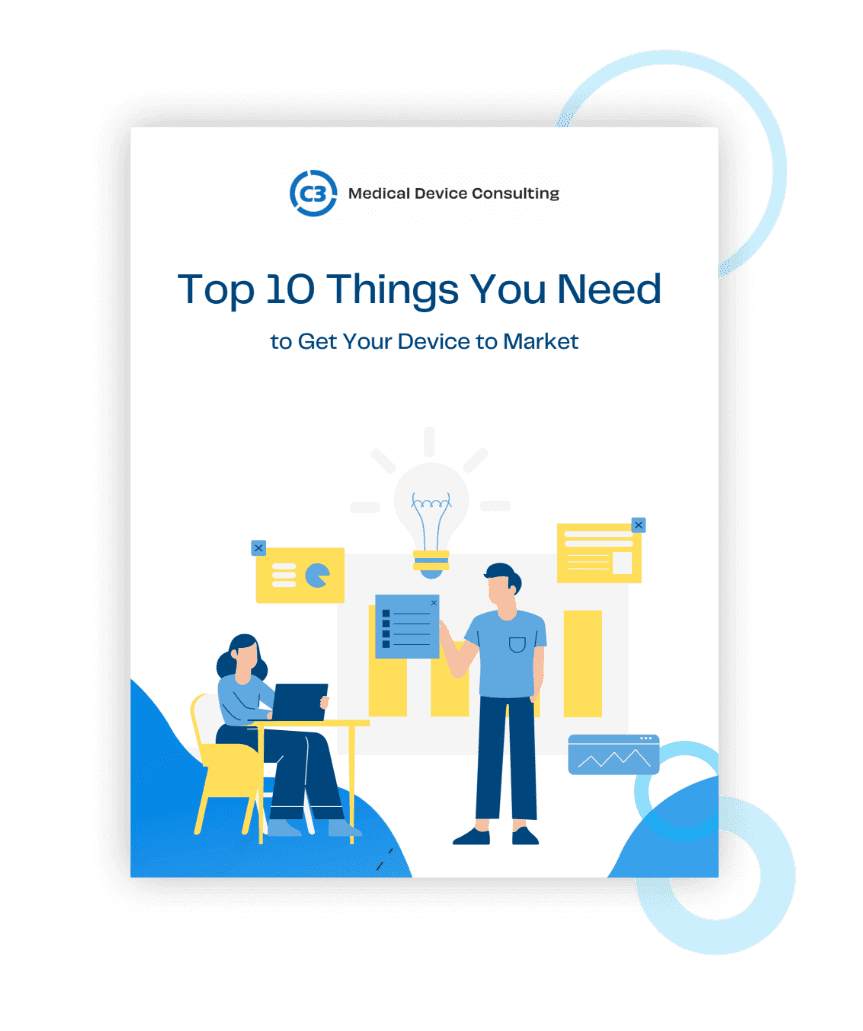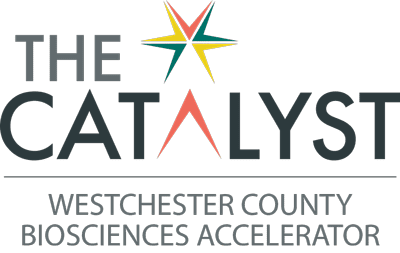Anyone involved with medical device engineering knows that dealing with regulatory approval, including by the U.S. Food and Drug Administration (FDA), is just part of the job. But for some, it is unwelcome news that as a startup medical device company, or an established one, you should start considering FDA guidelines at the same time you start a new product-engineering project. Actually, the news also has a very bright side.
Because if you plan, organize, and implement your project in the right way, with the requisite controls and record-keeping, you will be preparing much of the documentation required when it comes time to begin your 501(K) submission.
That process of obtaining FDA approval (the “letter”) to begin marketing your device and/or software in the United States is notoriously intimidating to new medical device engineering start-ups–already running hard every day to get their first device to market. The approval process supposedly gets easier with repetition, but that is only if it is done right. For some firms, in fact, the process is so intimidating that they do most of their regulatory “thinking” searching for loopholes in the regulations for their product.
Why the Process Seems Tough
Explanations of the difficulty in the 510(K) process—if that is what your device will require, which itself is an early decision—often cite lack of an FDA template or application for the process. Instead, there is “510(K) Program Guidance.” That means that each submitter chooses a presentation format and other details. And, then, of course, there is the FDA’s “substantial equivalence” standard for evaluating proposed new devices. Your company selects any medical device already marketed in the United States that it views as “substantially equivalent” (as safe and effective) as its new device. Then, its submission is built on the case for that substantial equivalence. The existing product, in this argument, is referred to as the “predicate.”
In preparing to make the substantial equivalence case for your product, these are some steps required both for product development and for your 510(K) submission. Knowing the 510(K) requirements upfront does not so much change your medical device engineering process as it helps to organize it. (As a quick note: the same process should prepare you for International Organization for Standardization (ISO) certification to market your device internationally.)
Establishing Design and Development Controls
- Defining and documenting the needs of your product’s user. That would include indications for use and a description of how the product will be used. Such use will include the definition of the clinical matter your product addresses. These needs become part of the framework for product design.
- Identifying your intended markets for the product and applicable regulatory codes and product classifications for each market. For example, in addition to FDA product classifications, you would examine, say, Canadian and Australian product classifications.
- Documenting your design and development with benchmarks of progress, responsibilities for major steps, and relationships among various teams with input into the process.
- Defining and documenting all inputs required by the product’s design. These might include physical, functioning, and standards of performance. Inputs should be capable of being objectively characterized and measured.
- Keeping a design history file (DHF) where you document all of your design controls such as user needs, the resulting design and development plan, the design inputs mentioned above, and any other relevant record. If the DHF is kept current and organized, it will be one indispensable part of your 510(K) submission.
- Setting up procedures for risk management. These also are keys to your application for ISO certification. (ISO 14971 defines ISO expectations for medical device risk management.) Your risk management sets the timing and nature of all activities aimed at risk management during the entire design and development process. Your record is your Risk Management File (RF0), a counterpart of the DHF.
- Identifying and documenting product hazards–potential sources of harm to users of the medical device.
- Establishing control of documents and records of management procedures. This documentation throughout design and development should be systematic and organized.
Naturally, these points are meant not as any kind of exhaustive description or checklist, but, instead, are examples of the relatively good “fit” between the medical device engineering process itself and what is needed to prepare to efficiently and successfully win the FDA and ISO approval for marketing.

A Few Tips About the Process
Here are a few less formal tips for making the 510(K) requirement easier and more likely to succeed:
In an interview with mobihealthnews.com, Dr. Steve Pham, vice president of clinical and research affairs at EKO, urged that medical device engineering companies, in addition to considering specific FDA requirements, “build a clear narrative for regulators about the device…who it’s for, what it does best and how it should be implemented in the real world.” In this more general story or a framework of explanation, he says, you must be very clear what is the prime use, the “use case,” for the device. Even recognizing most devices have several or many potential uses, you should not “muddle the narrative” with possibilities and suggestions outside the core case you are making for safety and effectiveness.
At the same time, he says, do not minimize or hide potential shortcomings of the device. There almost certainly will be some weaknesses and his experience was that the FDA staff were more willing to engage with a startup if it anticipated possible weaknesses and had in a place a plan to address them.
In the same interview, Dr. Linda Ricci, an assistant director of digital health at the FDA’s Center for Devices and Radiological Health, was emphatic and unequivocal about the importance of reaching out to FDA staff very early in the design and development process. She said: “We always say ‘Come early, come often.’ It’s never too early to come and have a conversation with the FDA about how your device may be regulated.” And she added the hopeful note that as the FDA walks you through the approval process, you “might find out that it may have a very light regulatory touch.”
And as a bonus, commented Dr. Pham, as a company that is first to engage with the FDA about a device under development “you may be able to…set the stakes for future companies… If you’re that first person, then every other 501(K) cleared device has to look at you and what you did… So I think there are a lot of strategic elements…”
C3 and Your Medical Device Development
At C3 Medical Device Development our business and passion is to partner with innovators to bring the best next-generation medical devices to market. From working with you to define a clear plan and process to testing and manufacturing, we are ready to bring to your startup or large company the expertise, experience, and services you need to succeed. To allow you to focus on innovation and engineering, we can manage the design and development process, completing every step we undertake on schedule and in the way most responsive to your project’s needs.
Get in touch with us at any time to discuss your company’s goals and needs. Schedule your free consultation at your convenience.
And check back here regularly for information, insights, and updates on developments and challenges in medical device engineering right through the FDA approval process.










